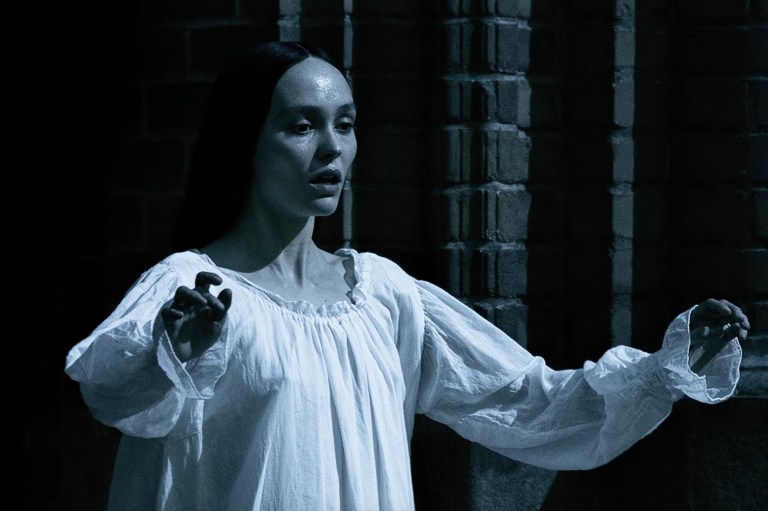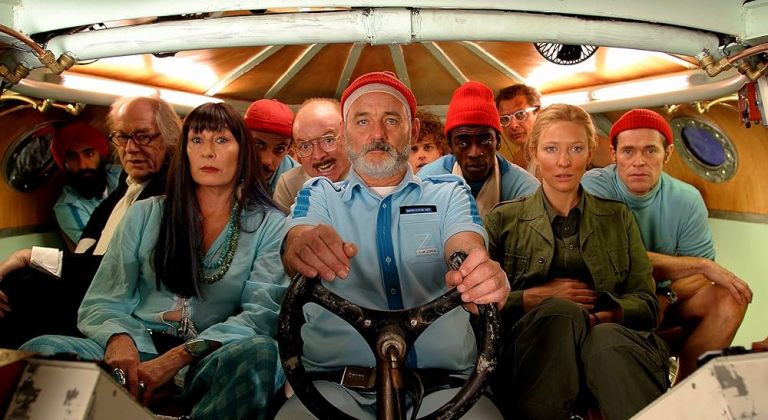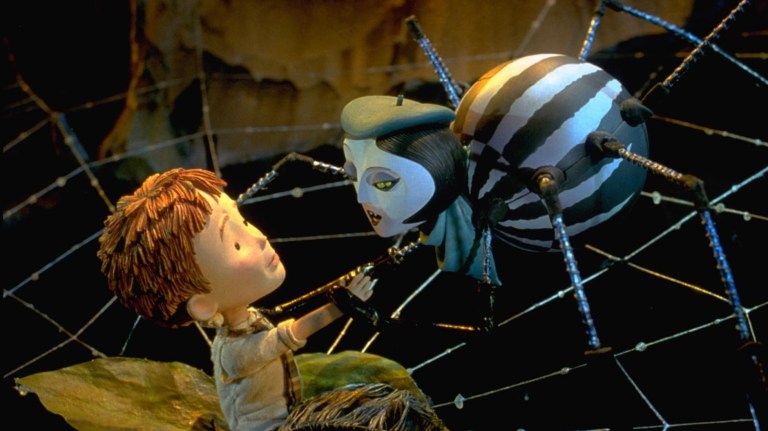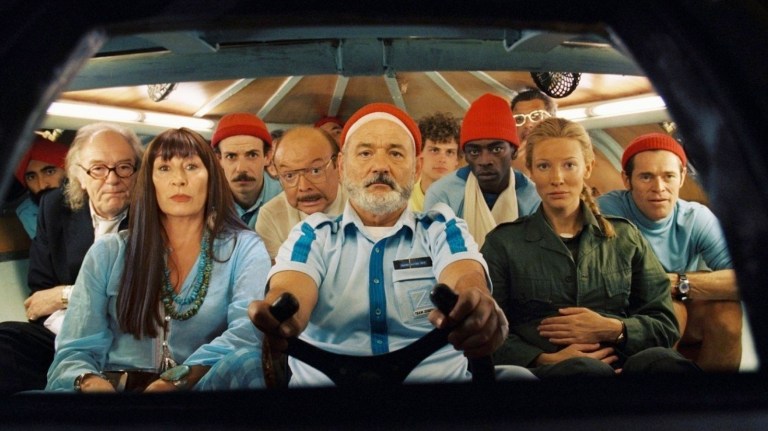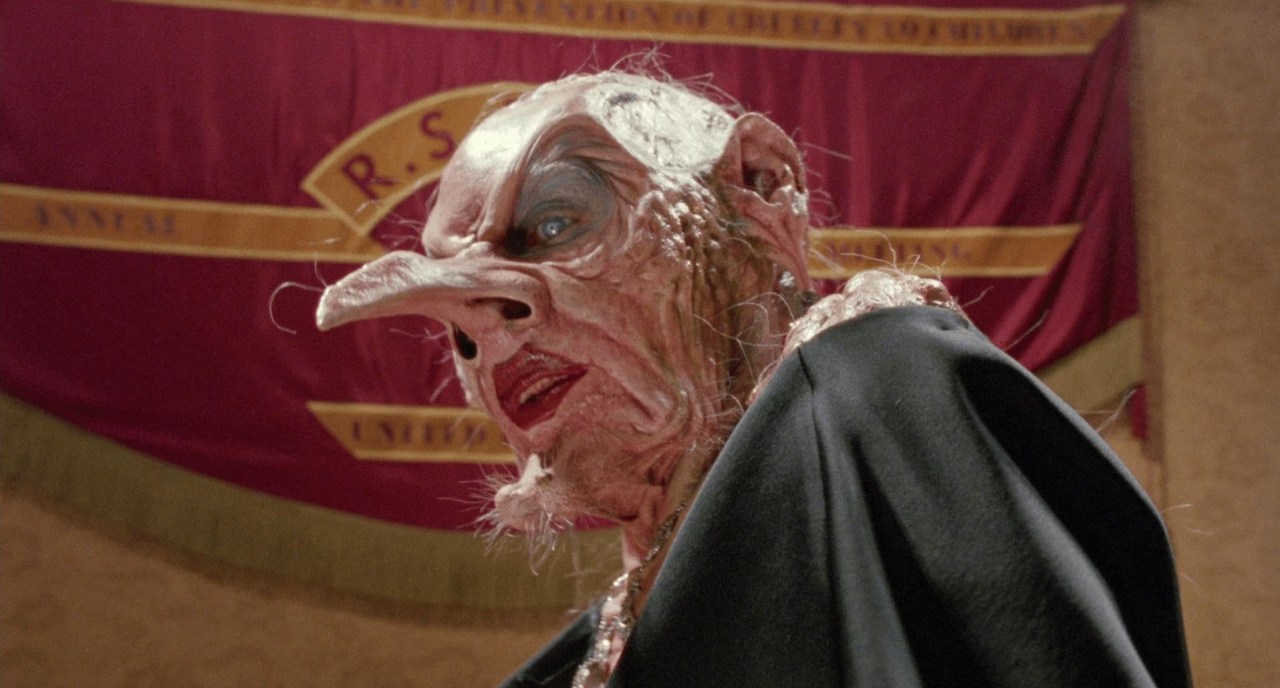
35 Years Later, ‘The Witches’ Stands Out As The Best And Creepiest Roald Dahl Adaptation
Author Roald Dahl wrote a number of beloved children’s classics – from Matilda to Charlie and the Chocolate Factory and The BFG.
The majority of his most popular works have been turned into film adaptations, which have surprisingly been well received by fans and viewers alike. It’s remarkable, considering how Hollywood has a track record of mutilating the source material, so to get people to say, “Hey, this isn’t bad,” is a miracle.
While it’s easy to prattle off about the likes of Danny DeVito’s Matilda and Tim Burton’s Charlie and the Chocolate Factory, there’s one overlooked adaptation that deserves more love and appreciation: Nicolas Roeg’s The Witches. Released in 1990, it didn’t set the box office on fire upon release, but it’s grown to become a cherished movie that confirms its place as the best Roald Dahl adaptation – even if the author threatened to disown the film entirely (more on that later).
A story is scarier when it’s passed down to you
There’s something about generational stories that make them resonate more. It’s the feeling that the tales of your ancestors have been passed down, and now it’s your turn to run with them and tell others in your bloodline. This is what happens to young Luke Eveshim (Jasen Fisher) who learns from his grandmother Helga (Mai Zetterling) about witches and how they despise children. Helga tells Luke about how witches disguise themselves, as well as their nefarious methods and plans.
Helga’s warning about witches frightens Luke, but as fate may have it, he’s put in a situation where he stumbles upon a witch convention at the hotel in which he and his grandmother are staying in. Luke and his new friend Bruno Jenkins (Charlie Potter) get turned into mice, so they need to navigate their new form and rely on Helga to help them escape the witches’ wrath – especially the terrifying Grand High Witch (Anjelica Huston). In the end, it’s an event that Luke will never forget, as he’s likely to warn his own children one day about the same dangers that Helga told him about.
Why ‘The Witches’ works
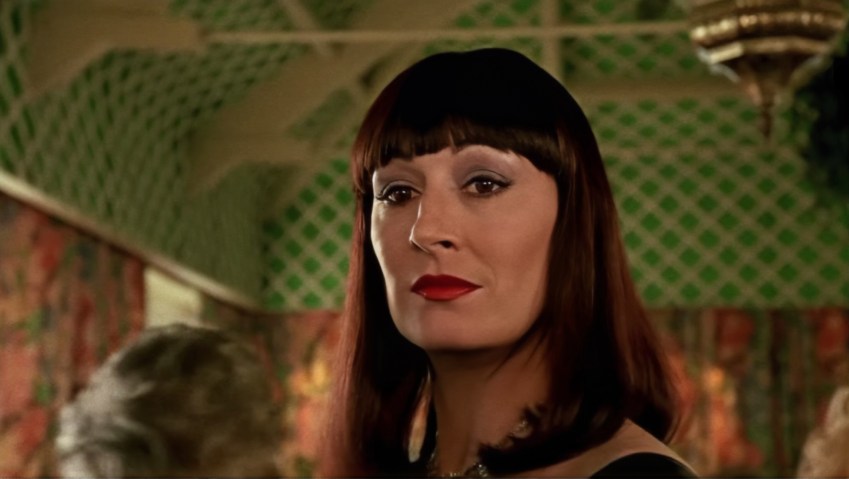
Where The Witches succeeds is in how it manipulates fear in the movie. Neither Luke nor Helga are archetypal heroes. They’re ordinary people who are put in an extraordinary situation, where the villains are much stronger and more powerful than them. Coupled with this is the fact that Luke and Helga are stuck in the middle of a witch convention – away from their own home. The odds are overwhelmingly against them, leading the viewer to believe they are out of their depth here.
Nicolas Roeg toyed with this uneasy mood, never letting the audience settle for a second. This might be considered a children’s movie, but the director didn’t treat it that way. Instead, he injected the type of nail-biting anxiety associated with adult horror in films like A Nightmare on Elm Street or Friday the 13th. In addition to this, the design of the witches in their true form is nothing short of horrifying to witness. It’s grossingly grotesque and nightmare fodder!
Then, there’s Anjelica Huston as the Grand High Witch. As an award-winning actor, Huston has had countless scene-stealing parts, but she might be at the peak of her powers in The Witches. Walking the fine line between camp and terror, Huston puts in a childhood-wrecking performance as the main antagonist. How many of us went to bed fearing that the Grand High Witch actually exists and would come after us next because of how much believability Huston gave to the character? She isn’t just one of the best villains in a kids’ movie, but one of the best in film, period.
The controversial ending didn’t make Roald Dahl happy
One of the things that Nicolas Roeg changed in his adaptation of The Witches is the ending. In the theatrical version, Luke gets turned back from a mouse into a child, which differs from the book in which Luke remains in his rodent form. In fact, the book’s ending hits right in the gut, since it’s mentioned that Luke will only live for nine more years as a mouse, and he accepts it since he knows his grandmother doesn’t have much time left either. They promise to enjoy whatever time they have left together, knowing the end is nigh.
Reportedly, Roald Dahl wasn’t happy with the change made to the ending in the film’s script, so executive producer Jim Henson offered to shoot a more book-accurate ending as well. When Dahl saw his original ending during an early cut of the film, he became visibly emotional and delighted by it. However, a decision was taken to use the “happier” ending in the final cut of the movie, which devastated Dahl.
An angry Dahl wanted his name removed from the film’s credits, but Henson managed to soothe the matter over. Ironically, the 2020 adaptation of The Witches, directed by Robert Zemeckis, stayed true to the book in its ending, but is it as good as the 1990 version of the film? Not a chance. Maybe – just maybe – Roeg’s The Witches is one of the rare instances where the film is better than the book.
